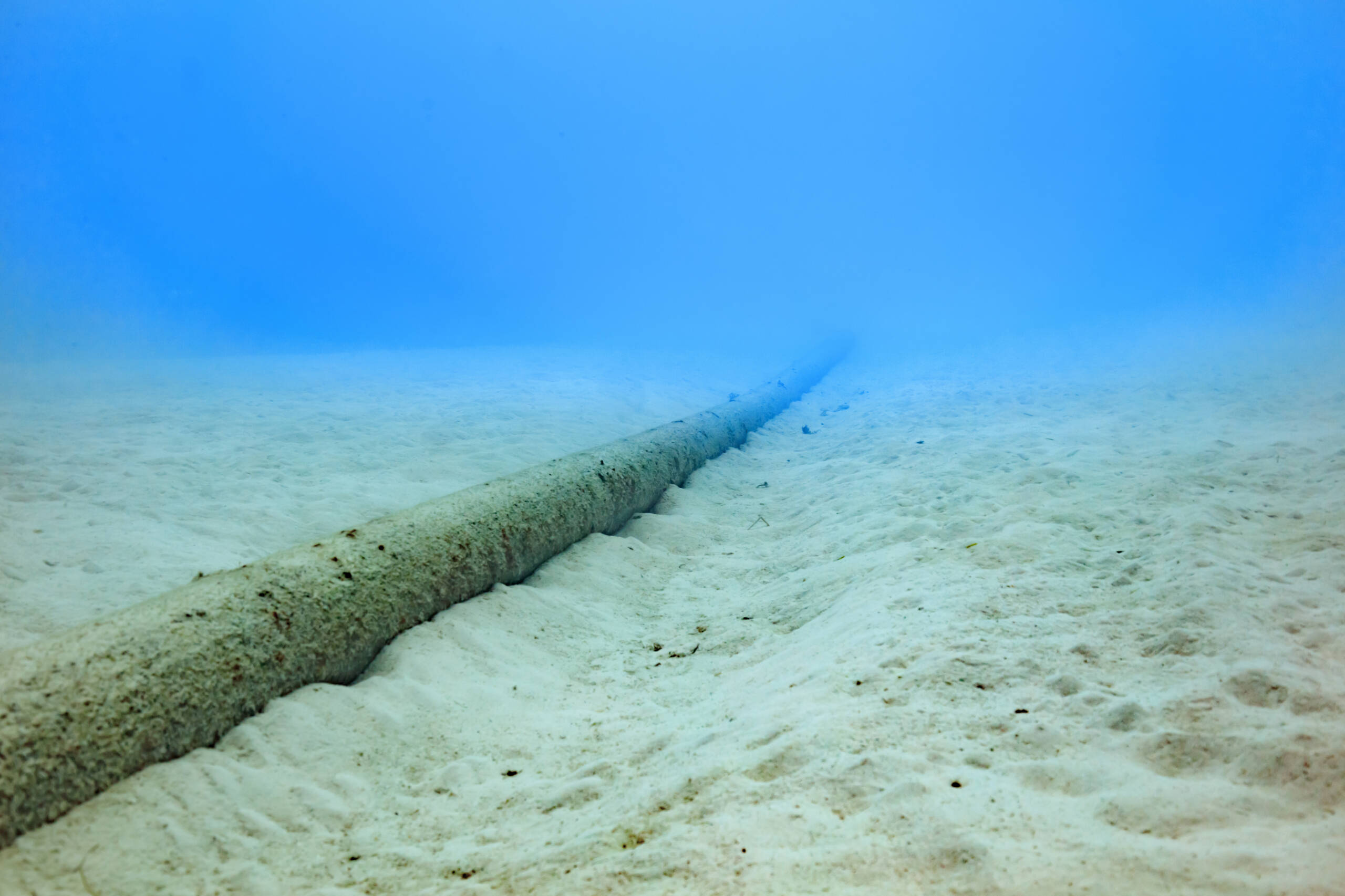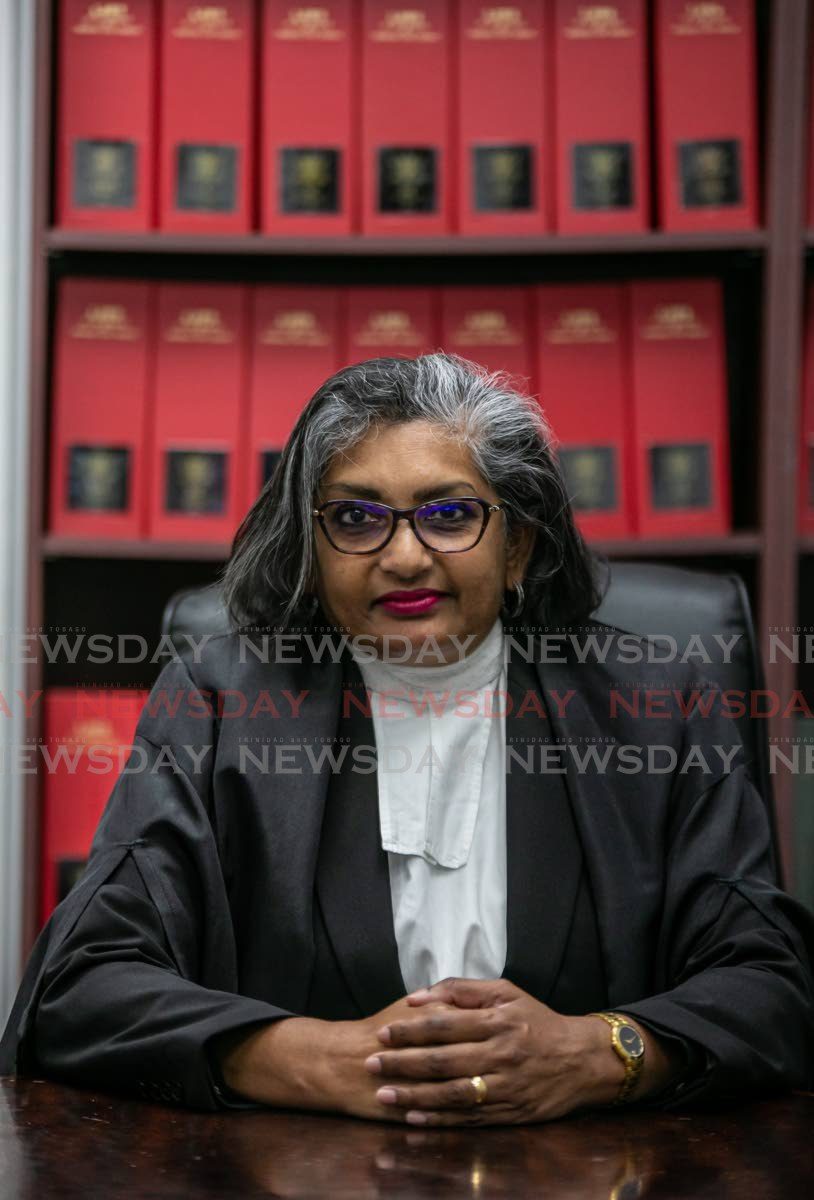By Simon Boxall
Copyright caymancompass

Government is proceeding with a request for proposals (RFP) for a new submarine fibre optic cable for the Cayman Islands.
Acting deputy premier, Jay Ebanks told radio host Orrett Connor on 12 Sept. that he has Cabinet’s approval to proceed with the RFP, and it will help provide a better understanding of the likely cost of this piece of critical infrastructure.
“Government will be looking at entering into a private-public partnership,” Jay Ebanks said, adding that currently there are three or four other submarine cables due to be installed through the Caribbean region and he said some participants and companies involved in these installations have expressed an interest in working with the Cayman Islands Government.
“This new cable is about keeping the Cayman Islands connected to the world and making sure we have fast, reliable connectivity and modern infrastructure,” he said.
The Minister said the two cables that currently connect to the Cayman Islands are reaching the end of their life span. He also acknowledged that the company that owns the Maya-1 cable will make upgrades to the system to improve Cayman’s digital connectivity.
“The company has reassured us that that they will continue to maintain the cable,” Ebanks said. “They are not going to shut it completely down, so there is reassurance there for a few years on the maintenance on that, and by that time, we should have our new additional infrastructure in place and we will be able to use the Maya-1 as a back-up if anything happens for redundancy.”
A recent article in the Cayman Compass explained that Liberty Networks, which owns the Maya-1 cable, has announced they are planning a multi-million-dollar upgrade to the cable that would improve quality, increase internet speeds and bolster national resilience.
The reconfigured cable will bypass Mexico in a shorter loop that connects Cayman and Honduras directly to the US, bringing faster internet speeds.
“It is a huge investment from our side,” he said, indicating that it demonstrated a commitment to Cayman despite its small population size.
A Cayman Islands Government funded report, made public last year, highlighted national security concerns around Cayman’s dependence on two subsea systems — the 25-year-old Maya-1 cable and the similarly aging link to Jamaica.
Speaking about the upcoming request for proposals for a brand-new subsea fibre connection to the Cayman Islands, Ebanks said he believed government’s decision to proceed would be welcomed by the financial services sector.
“I know this is something they would love to see happen; they want to see that we have additional redundancy there,” he said.
Protecting Cayman future
In a press release issued on 15 Sept., Ebanks said, “Modern and resilient connectivity is no longer a luxury – it is a necessity for Cayman. The project is about much more than faster internet. It is about protecting our islands in times of crisis, supporting our businesses, and ensuring that every Caymanian has access to opportunities in education, technology, and innovation.”
Last year, government consultants Grant Thornton recommended investing tens of millions of dollars in new cables – owned and operated by a government company – to boost resilience because of the potentially significant consequences of a digital black out and amid concerns about the age and long-term future of the Maya-1 cable.
A Compass investigation also highlighted the risks to the economy if the existing submarine cables failed, with 99% of the island’s data — from international bank transfers to television and overseas calls — travelling through those cables.
The Government first mooted plans for a new submarine cable back in 2022, when they announced they had contracted with an advisory firm, Grant Thornton Specialist Services to undertake a feasibility study into the modernization of the Islands’ submarine cable infrastructure. Grant Thornton, subsequently contracted Pioneer Consulting, who provided technical and operational advice in relation to the production of the Outline Business Case.
The Outline Business Case which was published in October 2022 stated that, “The strength of the Cayman Islands’ economy, as well as its internationally connected and increasingly digitally-enabled nature, means that certainty, resilience and adequacy of future international digital connectivity is critical.”
On the subject of the two existing cables connecting the Cayman Islands to the international telecommunications network; Maya-1 and the Cayman-Jamaica Fibre System (CJFS), it was noted in the outline business case that, “Both systems are aging, and the Cayman Islands Government (CIG) has no certainty or control with regard to the future of either of the existing cables. The CIG considers subsea cables critical national infrastructure, and the lack of certainty about their future introduces various risks to the islands, and represents a threat to the islands’ future.”
Following the publication of the outline business case, the Ministry of Infrastructure announced in November 2002 that they had hired Ranulf Scarbrough to lead the Cayman Islands Submarine Cable Modernisation Project for the Cayman Islands.
It is not clear when the government will formally issue the request for proposals for the public-private partnership for the new subsea connection.



